

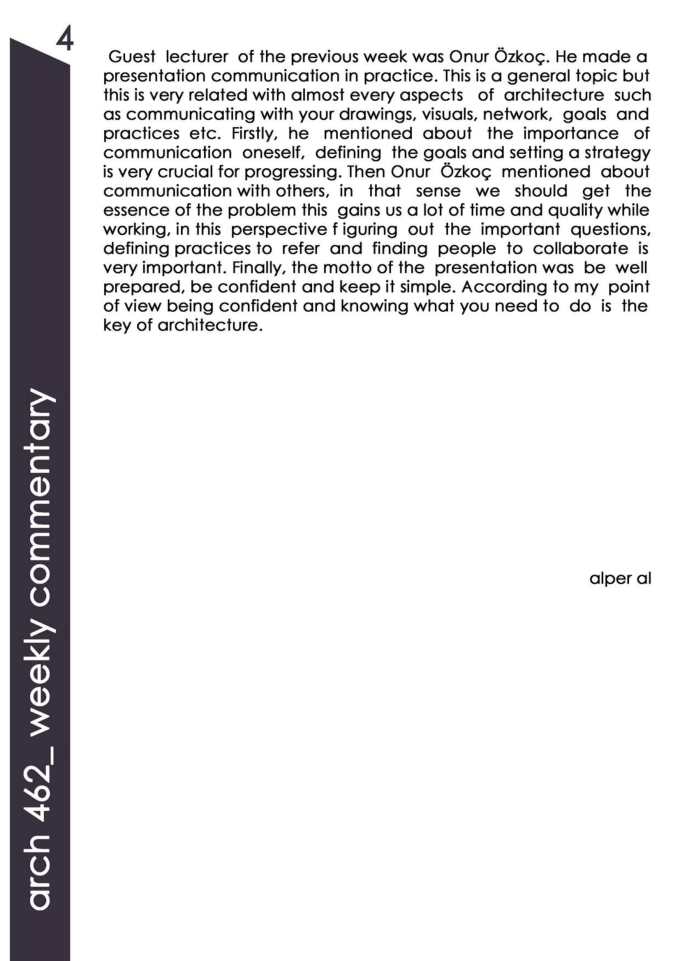
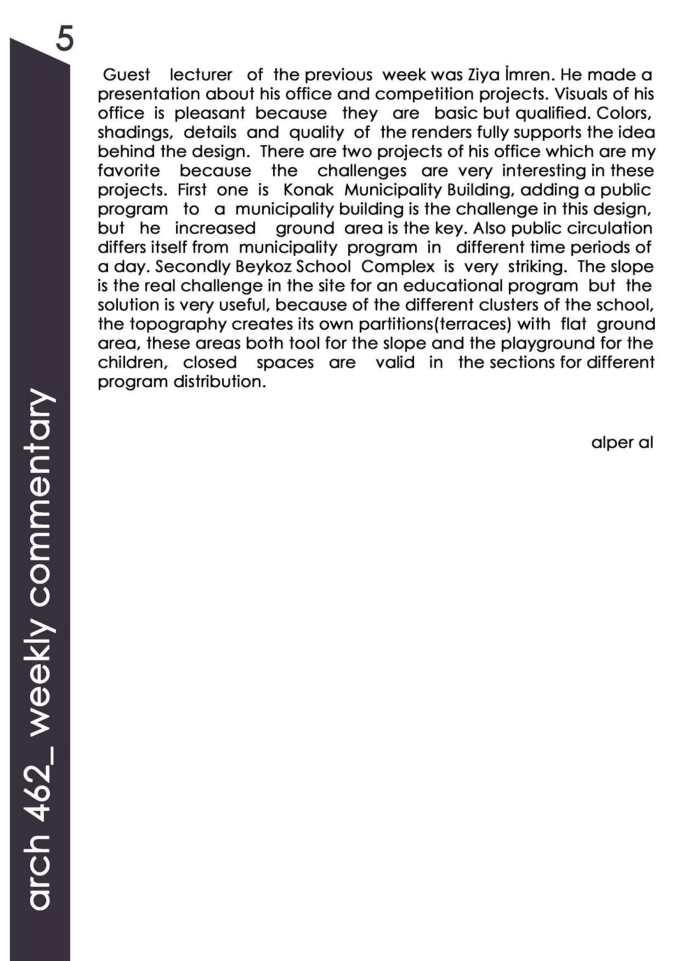
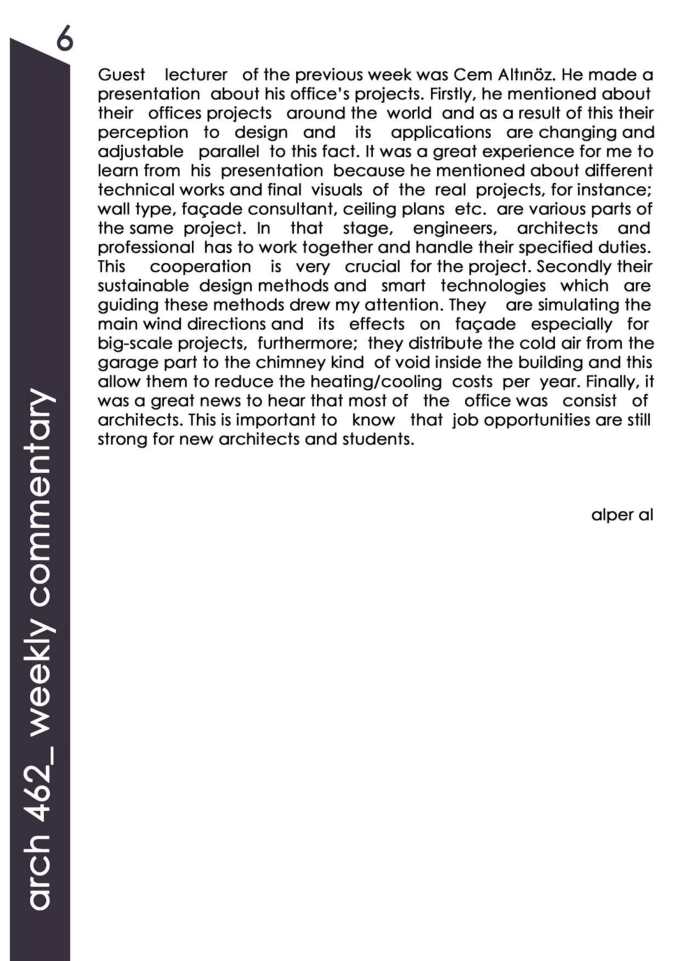
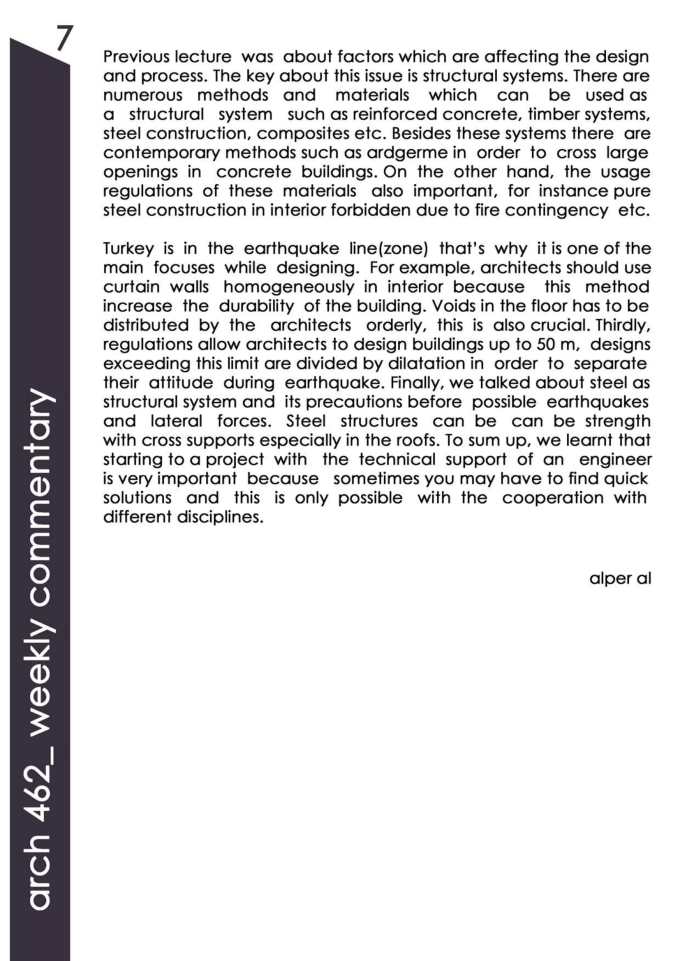

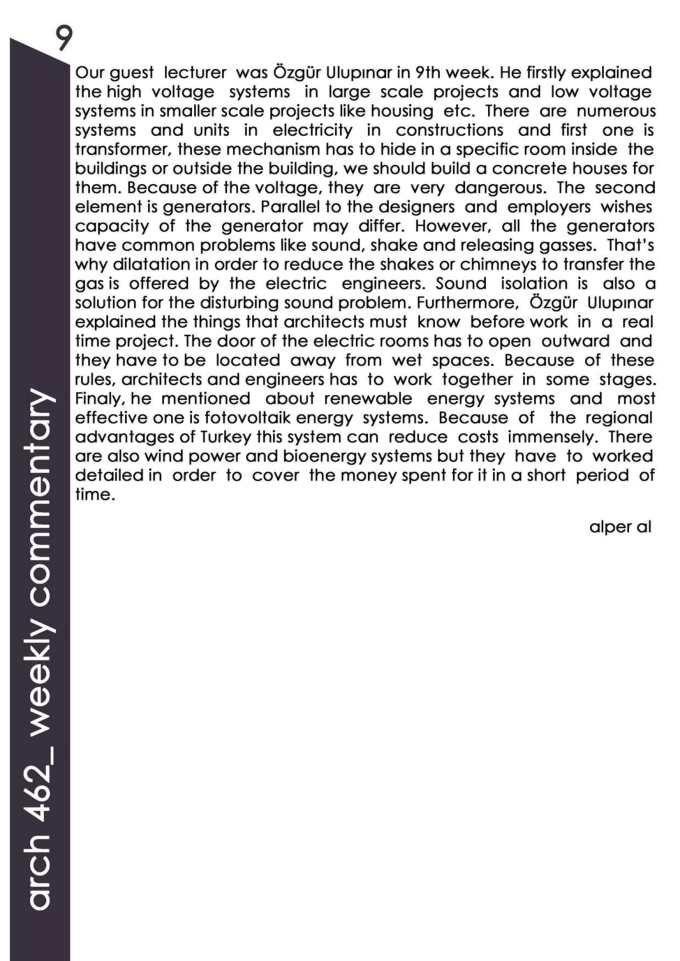

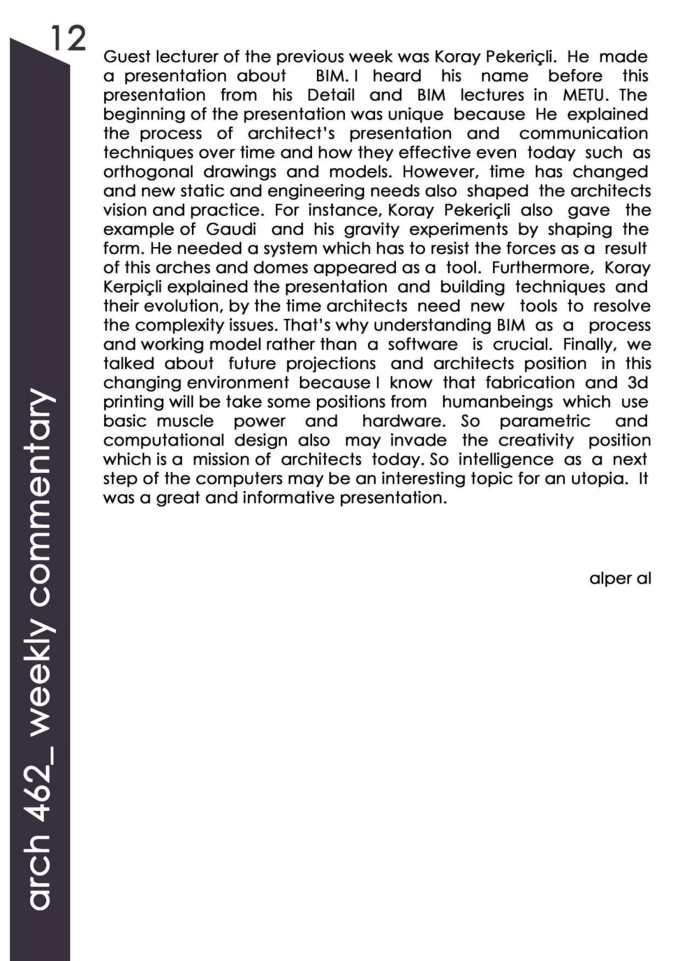
Yazar: alperal
ARCH 484 FINAL – MARKET PLACES – ULUS
Ulus still considered as one of the centers of Ankara but it is a fact that Ulus has lost its importance over time. Today with numerous trade centers (İşhanı) and small shops, Ulus is still a place where you can find cheap and retail products. In this final paper, we will examine the current condition of the region, its problems, its relation with the boulevard and the Kızılay and while doing that we aim to strengthen these arguments with historical references. In addition to that paper, our work also published with Google Online exhibition via this link: https://poly.google.com/view/9vbLuqUZJn-
Ulus-Kızılay Tension of Centers
Ulus and Kızılay squares are not arranged as a squares in the first plans of Ankara. They became square in dwellers mind with their high public use and attraction for users. Kızılay improved with the Atatürk boulevard effect and a new politic center quests shaped Kızılay between 1930-1950. At the same time Ulus also continued to be a trade and political center of the capital. However, between 1950-1980 with the widespread liberal economy and consumer society model in Ankara, the trade center shifted to the KızIlay and Kavaklıdere and the importance of the Ulus became symbolic in that aspect.
(Tarihe Eş Zamanlı Tanıklık: Ulus ve Kızılay Meydanlarının Değişim Süreci/ Ankara Araştırmaları Dergisi Journal of Ankara Studies/ Nuray BAYRAKTAR)
Atatürk Boulevard
From Boulevard to Ulus Çarşı and 100. Yıl Çarşı. Ulus has lost its importance after the 50s, then became a commercial center again with the newly built modern bazaars and the increasing usage of the square by the public.
When the immigration to the city from rural increased with the liberal economy model after 50s, Ulus became one of the favorite places of the lower income group in Ankara. During this period, slums has started to settle Ulus and region became a messy trade axe for that social group.
(Yalım, 2002). Yalım, İ. (2002). Toplumsal belleğin Ulus Meydanı üzerinden kurgulanma çabası. Ankara’nın Kamusal Yüzleri içinde (ss. 157-214). İstanbul: İletişim Yayıncılık)
Hal building and its surrounded Street are also dominant in the aspect of trade but they are generally low-rise and in a messy condition, in addition to that narrow streets and peddlers also decrease the quality of this trade area.
Notes from Uybadin-Yücel plna in 1957 demonstrates the importance but poor conditions of Posta Caddesi, Hal, Sanayi Caddesi and Karaoğlan region. In addition to this they also foresee that if the region in the center are not regulated, the trade program of the region will turn into junkyard and storage style dysfunctional and irregular areas. (Uybadin, R. Yücel, Ankara İmar İzah Notu, 1957, S.9)
After a while, Uybadin-Yücel plan propes a parallel road to the Atatürk boulevard which passes over Suluhan in order to improve the conditions of Posta Caddesi, Hal, Sanayi Caddesi and Karaoğlan region, protection decree and restoration of Suluhan prevented this proposal. However, at the North side of this plan conducted with new governmental building texture like PTT,MEB and MBS
(Uybadin, R. Yücel, Ankara İmar İzah Notu, 1957)
Ulus Hal (1937)
Hal building is designed by Austrian architect Robert Oerley in 1937. It was built with a reinforced concrete technique which is quite modern for the time with a strong linear form in the trade zone of the area which is damaged after the 1929 Tahtakale fire. The elements such as wide reinforced concrete eaves opening towards the sky reflect a design perception of those times.
(Goethe Institute)
The building has 3.086,00 square meter land area and total 1440,00 square meter closed space. For the Hal building new Posta Street opened and parallel streets regulated. It is a still highly active where people can get cheap goods today.
Main idea behind this design is completing the historical market texture of the region which starts with Taşhan and karaoğlan bazaar and ends with Suluhan. Hal is important element with its linear order in this historic trade context of Ulus. After the 1930s, neighborhood bazaars started to slowly form in Yenişehir, in the 1940s in Bahçelievler, and after the 1950s in Yenimahalle. Especially after 1990, shopping centers (shopping malls), which have rapidly expanded and developed in Ankara, have affected the commercial life of the city. However, Ulus Hali still maintains the urban texture and identity of Ulus. The reason for this is that it can still protect the dynamism inherent in the concept of the bazaar.
(ANKARA ULUS TARİHİ KENT MERKEZİNDEKİ TİCARET BİNALARININ DEĞİŞİMİ, Betül ASAR)
Ulus Hal was frequently reported in news covid-19 pandemic because it is accessible and inexpensive place for Ramadan shopping and daily necessities. Because of its linear and regular form entrances can be controlled by the polices and authorities. Besides these features, Hal also provides functions such as night cleaning, price control, tradesman meetings and night stand arrangements.
Market Street, Temporary and seasonal markets / during crisis or invasion their advantage is being portable. Difference from store is bargaining with the customer and network relationship with the Street. Scale or the experience of the Street is different in comparison to stores and malls.
(Covered Market Street: arasta/ closed bazaar Mohammed Gharipour, The Bazaar in the Islamic City, 1- 50)
Ankara Taşhan (1895-1902)
It was a place with a capacity of 100 rooms and named the square as Taşhan square before we know it as Ulus square. The arrival of the railway in Ankara in 1892 changed and developed the region, as a result of this İstasyon street opened and it connect Karaoğlan and Tahtakale bazaar with station. Railroad also played important role during independency war in 1920-1923 and Taşhan generally used by parliamentarians and become a symbol of Republic. It was renovated in 1928 and renamed as “Taşhan Palas Oteli” (Hotel d’Agora).
The arrival of the railway in Ankara increased the importance of Karaoğlan Bazaar, and the coffees in the bazaar were designated as a meeting place during those times. Taşhan was not the only building around, After the parliament building, opening of sculpture also defined the square. There was a public park opposite the Taşhan and there was a cemetery next to it. There is a 100. Yıl bazaar in the mentioned areas today.
(Journal of Ankara Studie, 1924 Map of Ankara City: Recognizing Ankara with an Old Map, Gökçe GÜNEL, Ali KILCI)
The name of the destroyed Taşhan in 30s was given symbolically to another trade center opposite to the İşbank Building.
Atatürk sculpture (victory monument) which built in 1927 was an important figure as an image for the era but square identity of the region improved with the ulus işhanı building. (Mimarlık dergisi, 1952
sayı 5-6) More closed and strong ground floor program of the Ulus İşhanı increased the sense of square of the Ulus. However, early sketches and proposals of the Lörcher and Jansenn is more proper to the Geneo and Florence example in Donaelaa Calabi’s book because low storey and arcaded composition of the trade center and its relation with the sculpture can be a reference to them.
(Market Square: Maidan 2 Donatella Calabi, The Market and the City; 184-213)
SümerBank
It is constructed between 1937-1938 by Martin Elsaesser. Sümerbank took over the old Taşhan building when it lost its importance in 30s. The aim of the institution was to become a figure that equalizes society and supports economic development. Sümerbank aimed to produce inexpensive and high quality, elegant fabrics with original patterns and contribute to the formation of a new lifestyle and culture. Sümerbank opened several stores around Ankara until 70s.
(Bir Ulusu Giydirmek: 1956–2000 Yılları Arası Sümerbank Desenleri Sergisi)
Sümerbank, which declined with the competition among indutry becasue of the new global economy model from 90. So, Sümerbank closed in 2001. After a while Sümerbank building started to be used by the Social Sciences University.
(ANKARA ULUS TARİHİ KENT MERKEZİNDEKİ TİCARET BİNALARININ DEĞİŞİMİ,Betül ASAR)
Department Store: Sümerbank, YKM M.B. Miller, The Bon Marche.
Suitable conditions for department stores emergence raised with regular Street, roads, squares and regulation of boulevard (Paris). In this aspect Ulus had the most modern and regular boulevard and pedestrian circulation capacity.
Bon Marche sell desire with its social equalizer store identity. And supported selling with concerts, exhibitions and shows so department stores started to create a lifestyle for middle class and for women. This features also can be compared with Sümerbank. Cheap and elegant was the catchword of the company and fashion of the era wanted to be followed for the middle class of the republic
Ulus Anafartalar Çarşısı
It is constructed in 1967 with a competetion Project maintained by Ferzan Baydar, Affan Kırımlı ad Tayfur Şagbaz. It is said that the first escalator of Ankara is also here
The building has traces of modern architecture, the façade and the cubic style are remarkable in that sense. Instead of old Karaoğlan bazaar, modern trade center with multistorey and several stands in stores where you can find different products was requested in general. Furthermore, Anafartalar Bazaar looks like a plastic art museum with its precious artworks and reliefs inside. Anafartalar Bazaar has a single mass composition with available different products and exciting features and programs for users. With all these features, bazaar can be compared to Bon Marche in Paris. Bon Marche sold not only various products but a desire and lifestyle for middle class and women.
Anafartalar Street
Accessibility of the Anafartalar Çarşısı is hard to compare with Market halls in Britain 18-19th century but transforming trade from open space to the more controllable closed spaces and adding different administrative programs vertically and creating enclosed trade Street inside with no open courtyard might be a modern example to Market halls in Britain. According to my perspective, this scale and typology stands between the department store and the Market halls.
(Market Hall: bedesten, haller J. Schmiechen, K. Carls, The British Market Hall, 61-94)
In the Ottoman period, there were Tahtakale Bazaar consists of a mosque, a madrasa, a khan and a Ottoman Bath, these complex and surrounding buildings (mainly stores) destroyed in the fire of 1929,this axe from the intersection of Anafartalar Avenue and Hacı Bayram Msoque to the current Ulsu Hal building was the main trade center of the historic center.
(A. Vedat Oygür, Ankaramızı Tanıyalım 7- Osmanlı’nın İzlerinden Ulus)
Halil Makaracı prepared a list of all the shops from the beginning of Karaoğlan Street to the end of Anafartalar, respectively Birinci, Yenice, Serkldoryan, Boğaziçi, Yaka, İsmet Sigarası, Hanımeli, İstanbul Pasta Saloon and tea house, Akman Boza Saloon, Bonomo Hırdavat, Menekşe Kumaş, hırdavatçı Aron Araf, Haim Kohen, Bursa Pazarı, Süslen Manifatura, Apa Kundura, Rehber Mağazası, Yüz Bir Çeşit Ayakkabı, Kuyumcu Zeynel, İnci Terlik, Akalın Kundura, Eyüp Sabri Tuncer Kolonya, Singer Dikiş Makinaları Kumpanyası, Akasya Tuhafiye, Foto Rıdvan, Akalın Pasta Saloon etc.
The name of some districts in 1924 map of Ulus also named according to the main professions for example Boyacı Ali,Yusuf Habbaz, Hallac-I Mahmud, Dellal Karaca, Baklacı,Bostani,Börekçiler,Hacı Doğan, Hacı Bayram etc.
(Tamur, E. (2010) Ankara’da mahalle isimlerine yansıyan tarih I. Kebikeç, 29, 57-71)
Ulus İşhanı
Ulus İşhanı is one of the landmarks representing the modern side of 50s architecture after the national and international architectural styles of the early Republican period in Ulus. It was designed by Orhan Bolak, Orhan Bozkurt and Gazanfer Berken in order to meet the increasing desire to the new commercial stores and shopping center requirements. Ulus İşhanı was built in 1947 instead of the burning teaching school (Dar’Ül Muallim which built in 1880)
(A. Vedat Oygür, Ankaramızı Tanıyalım 10- Cumhuriyet’in Ulus’u)
Ulus Şehir Çarşısı
Facade of the Ulus Şehir Çarşısı through Anafartalar Street is highly welcoming with colonnaded composition and trade program which is dominant in the region. This can be a reference to stoa /colonnaded walkways which have one side closed one side semi-open accessible from the street. This typology copied a lot in East during Alexander the great period.
(Designed Market Street: colonnaded streets/ porticoes Ross Burns, Origins of the Colonnaded Streets. K. Görkay, M. Kadıoğlu, S. Mitchell, Roman Ancyra)
Zincirli Mosque, has and important historic background for the region, it was a part of the historic trade axe through Suluhan and this relation is still valid for the tradesmen of Ulus. Linear relationship among buildings such as Ulu Şehir Bazaar, Anafartalar Bazaar, Hal and Suluhan be a reference to the Halep and Bursa. Several streets around Kayzerriya in Halep like great mosque, khans etc. Added this central spine this is also similar in Bursa example Castle, Uzun Çarşı, Ulu Mosque and khans which are taking reference from this linear organization.
(Covered Market Street: arasta/ closed bazaar Mohammed Gharipour, The Bazaar in the Islamic City, 1- 50. Gündüz Özdeş, Türk Çarşıları. Mustafa Cezar, Typical Commercial Buildings of the Ottoman)
After passing Mosque on the right hand side, there is a well-designed corner building through parallel of the Ulus Hal. Next to this corner building one storey stores continuous throughout the Anafartalar Çarşısı. This typology is attracting because before the shops in the area were demolished and multi-storey trade centers were built, the situation of the Karaoğlan Bazaar was similar to this.
Formun ÜstüFormun AltıNew Ulus Square Project
The project, which is expected to start in a process starting with 2020, makes important decisions for the historical city center. Because of the vulnerable and old infrastructure of Ulus different techniques will use to take the roads underground. According to the description of the Project, bad and messy situation of the center will be removed and historical square memory of Ankara will be revived. Grenn areas, pedestrian roads and tramway will support this idea in Ulus.
(Sabah Gazetesi / Tmmob)
BIBLIOGRAPHY
- Tarihe Eş Zamanlı Tanıklık: Ulus ve Kızılay Meydanlarının Değişim Süreci/ Ankara Araştırmaları Dergisi Journal of Ankara Studies/ Nuray BAYRAKTAR
- Covered Market Street: arasta/ closed bazaar Mohammed Gharipour, The Bazaar in the Islamic City, 1- 50. Gündüz Özdeş, Türk Çarşıları. Mustafa Cezar, Typical Commercial Buildings of the Ottoman
- Designed Market Street: colonnaded streets/ porticoes Ross Burns, Origins of the Colonnaded Streets. K. Görkay, M. Kadıoğlu, S. Mitchell, Roman Ancyra.
- Dericizade-Ankara’nın Başkent Oluşunun 88. Yılı Resim sergisi/ Mustafa Taşkın
- Vedat Oygür, Ankaramızı Tanıyalım 10- Cumhuriyet’in Ulus’u
- Tamur, E. (2010) Ankara’da mahalle isimlerine yansıyan tarih I. Kebikeç, 29, 57-71.
- Vedat Oygür, Ankaramızı Tanıyalım 7- Osmanlı’nın İzlerinden Ulus
- Market Hall: bedesten, haller J. Schmiechen, K. Carls, The British Market Hall, 61-94
- ANKARA ULUS TARİHİ KENT MERKEZİNDEKİ TİCARET BİNALARININ DEĞİŞİMİ,Betül ASAR
- “Bir Ulusu Giydirmek: 1956–2000 Yılları Arası Sümerbank Desenleri” Sergi
- Market Square: Maidan 2 Donatella Calabi, The Market and the City; 184-213.
- (Mimarlık dergisi, 1952 sayı 5-6)
- (Fatih Sevaioğlu-Unutulmayan Eski Ankara Fotoğrafları)
- Journal of Ankara Studie, 1924 Map of Ankara City: Recognizing Ankara with an Old Map, Gökçe GÜNEL, Ali KILCI
- Covered Market Street: arasta/ closed bazaar Mohammed Gharipour, The Bazaar in the Islamic City, 1- 50.
- Goethe Institute
- Uybadin, R. Yücel, Ankara İmar İzah Notu, 1957
- (Yalım, 2002). Yalım, İ. (2002). Toplumsal belleğin Ulus Meydanı üzerinden kurgulanma çabası. Ankara’nın Kamusal Yüzleri içinde (ss. 157-214). İstanbul: İletişim Yayıncılık.
- Tarihe Eş Zamanlı Tanıklık: Ulus ve Kızılay Meydanlarının Değişim Süreci/ Ankara Araştırmaları Dergisi Journal of Ankara Studies/ Nuray BAYRAKTAR
PRE-JURY
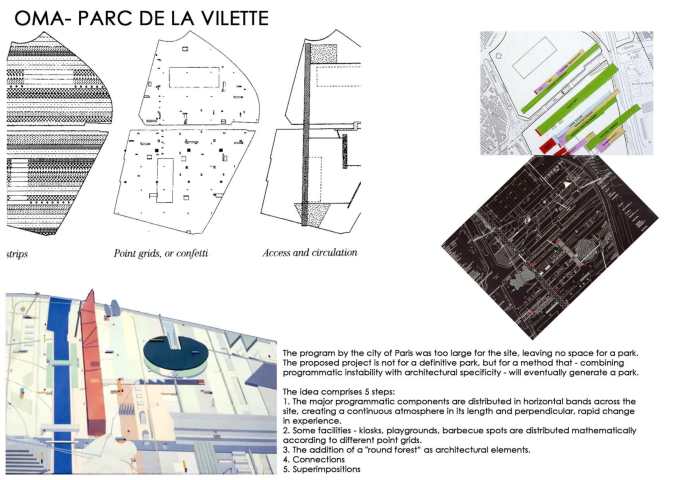

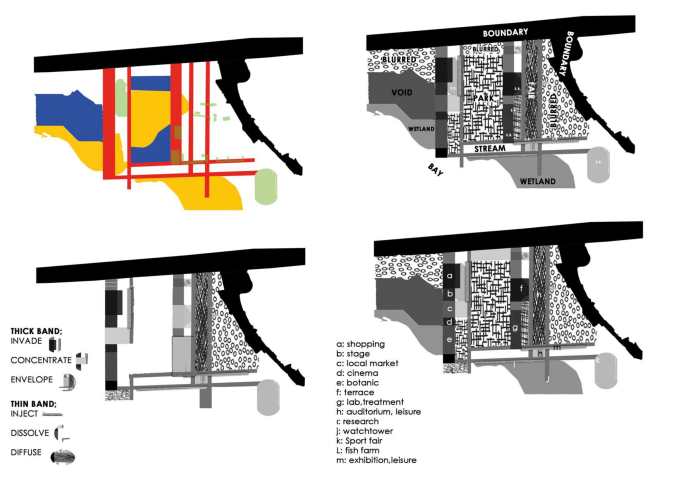

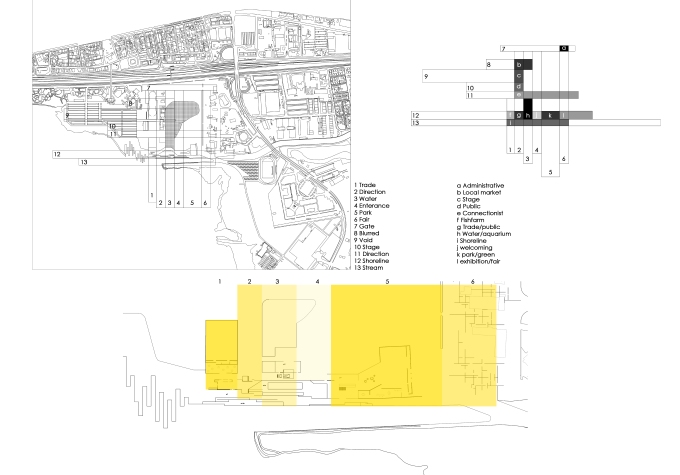
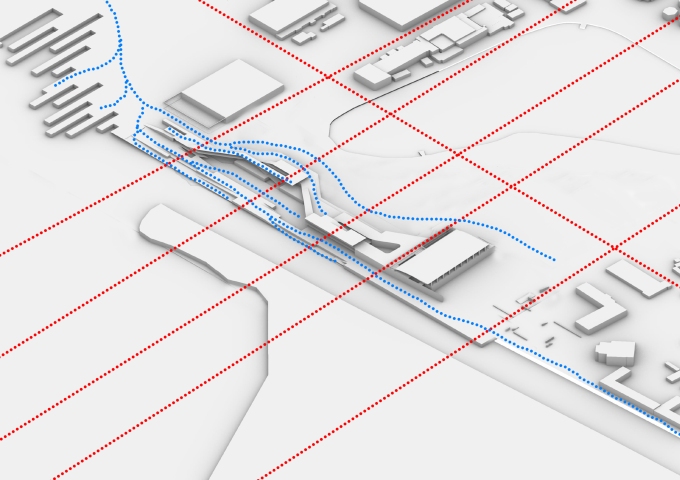
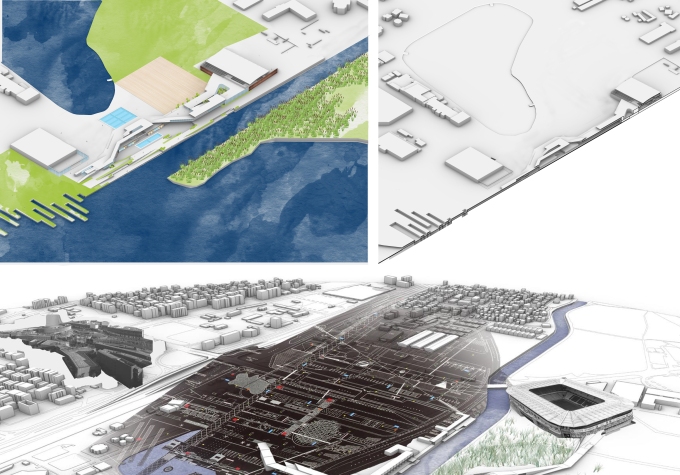

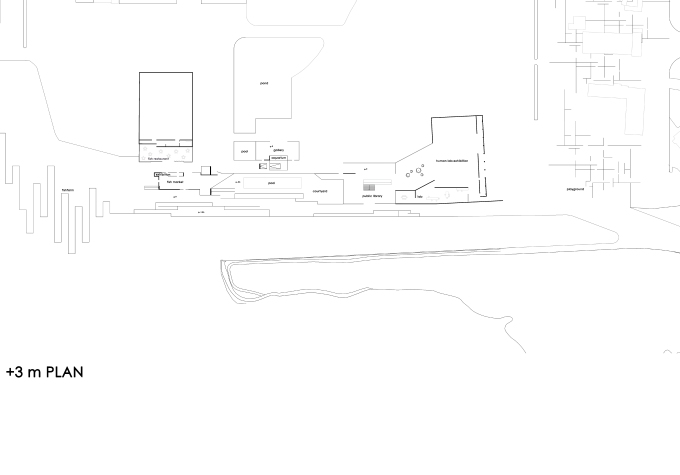
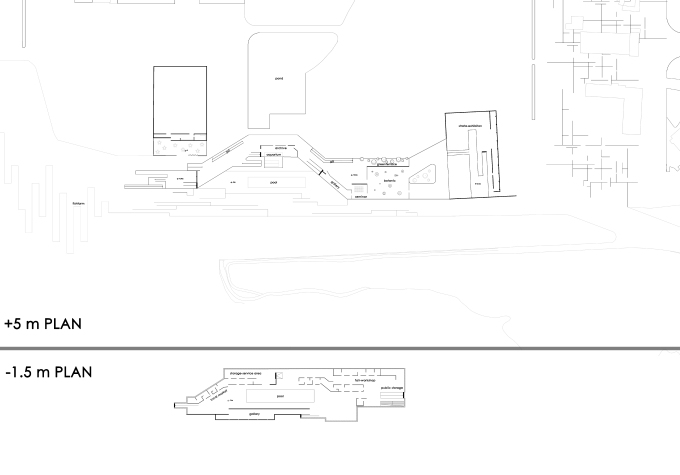

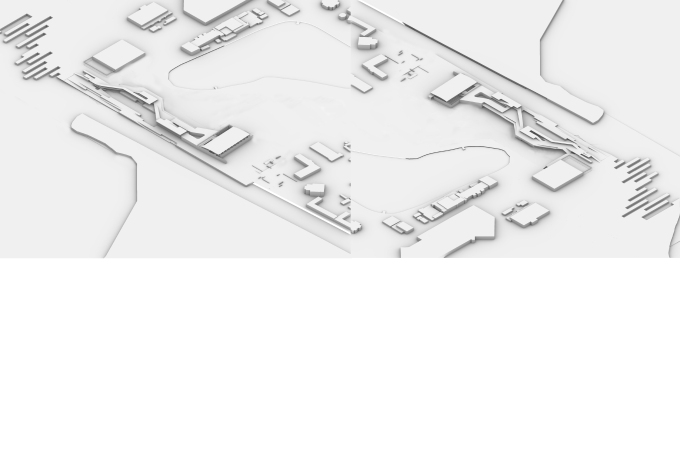
JOURNEY OF ULUS/ANKARA
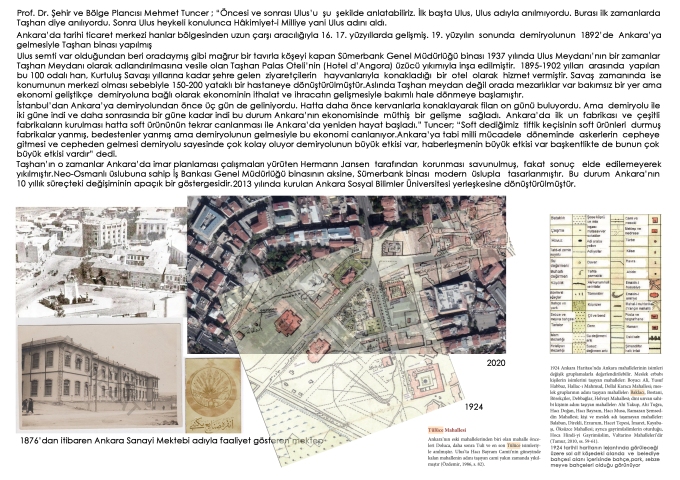
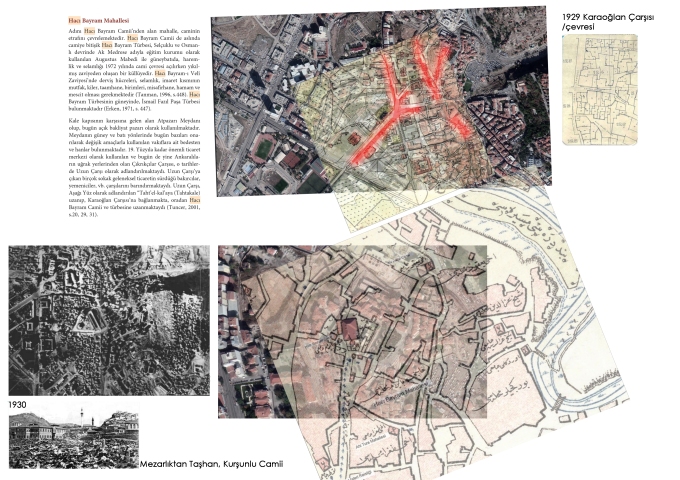
MALLS R US
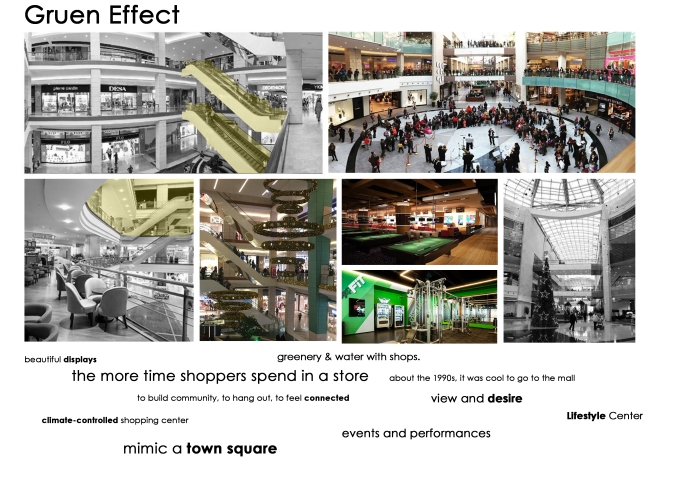
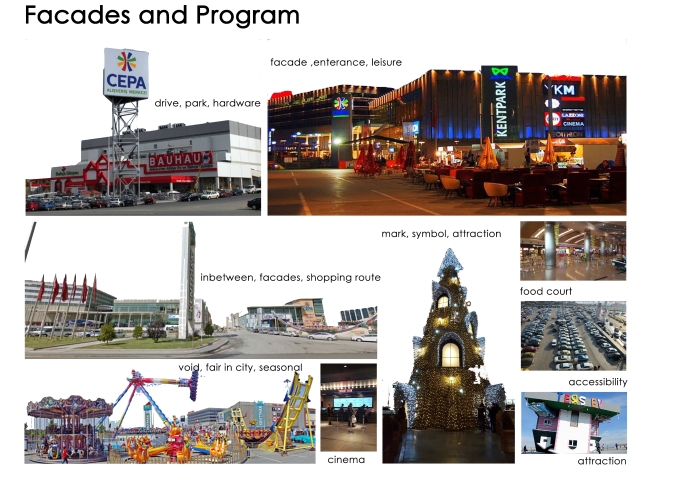
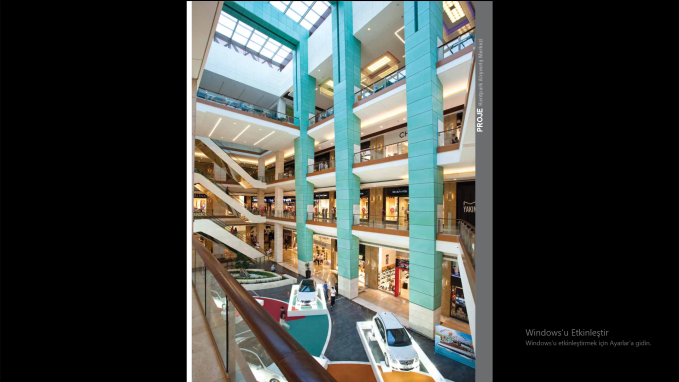
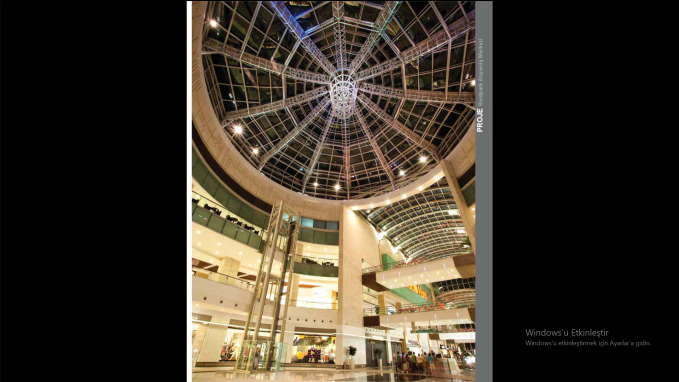
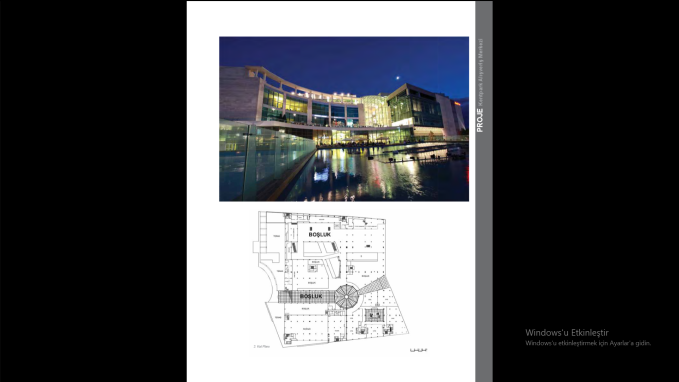
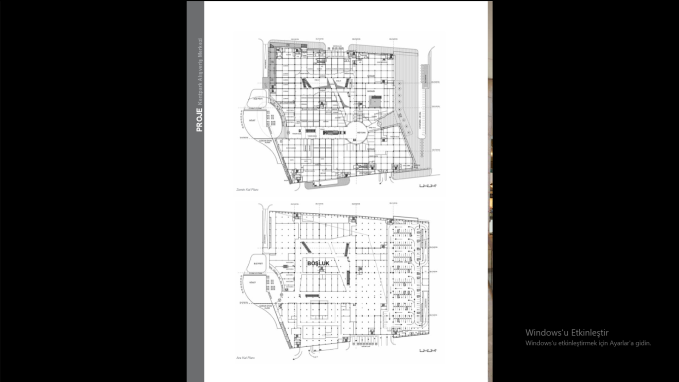
ARCH 484 _ BAZAAR,TRADE AND THE SQUARE
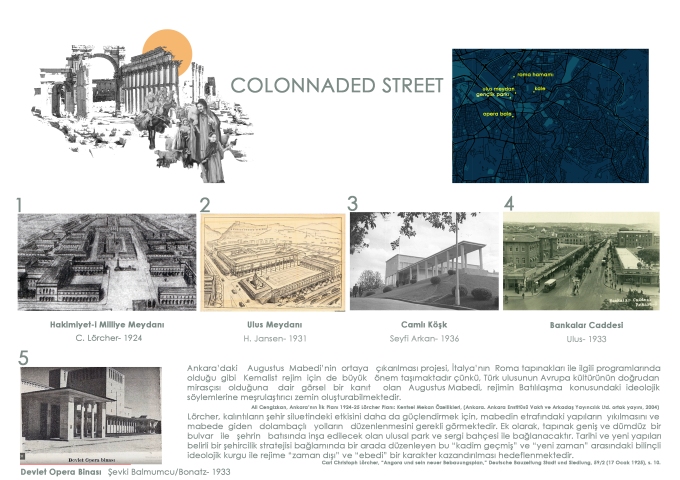
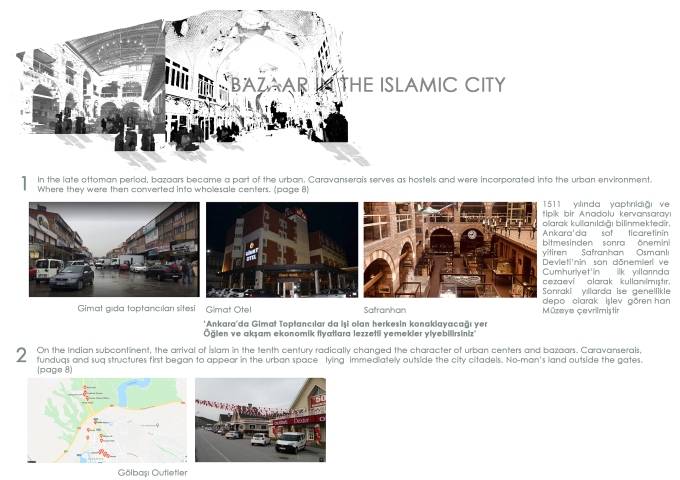
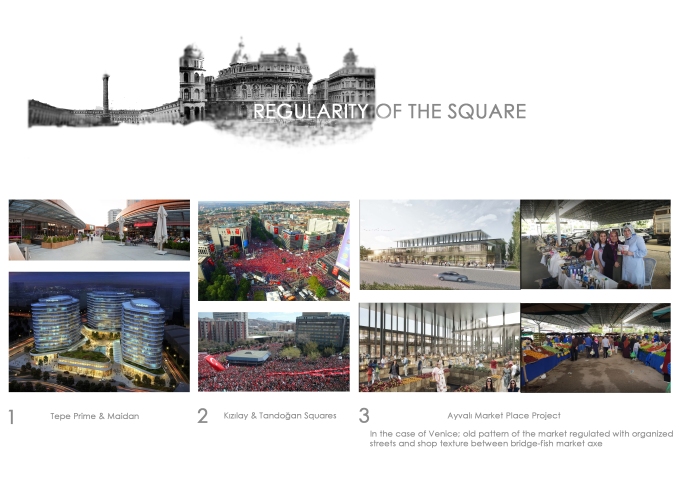
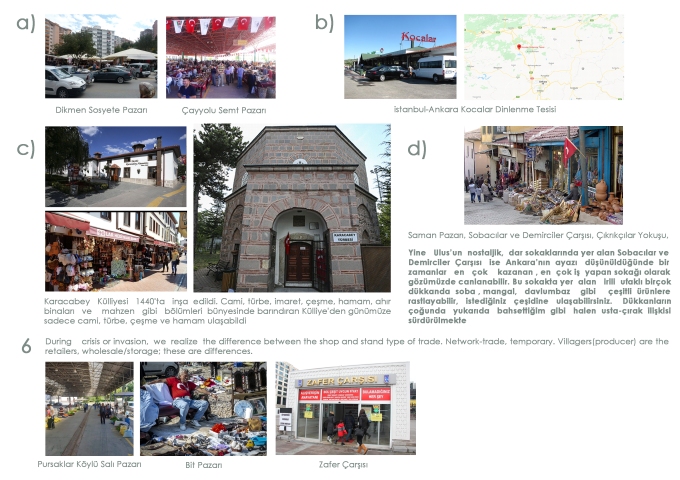

ARCH 402 PROPOSAL
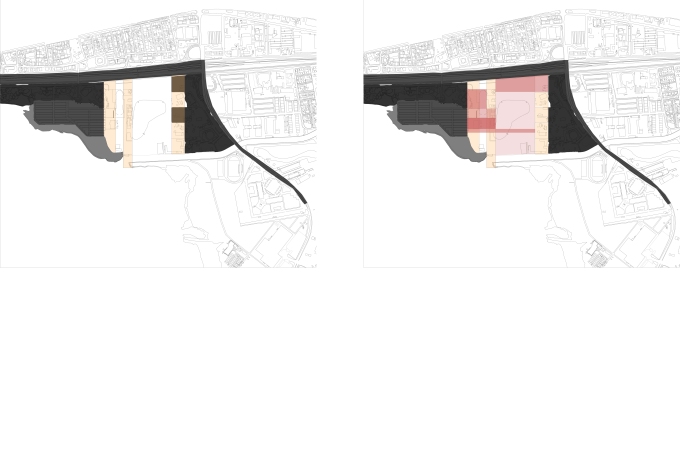
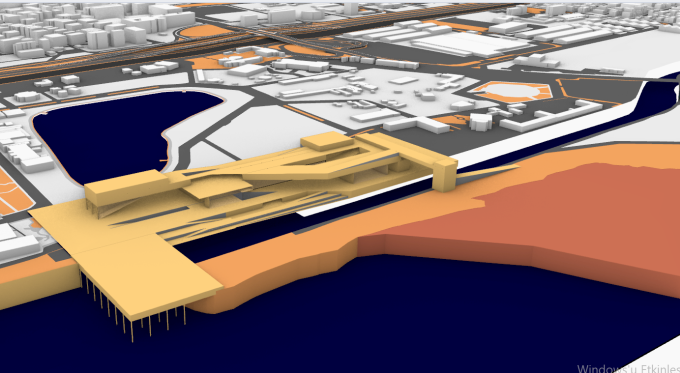

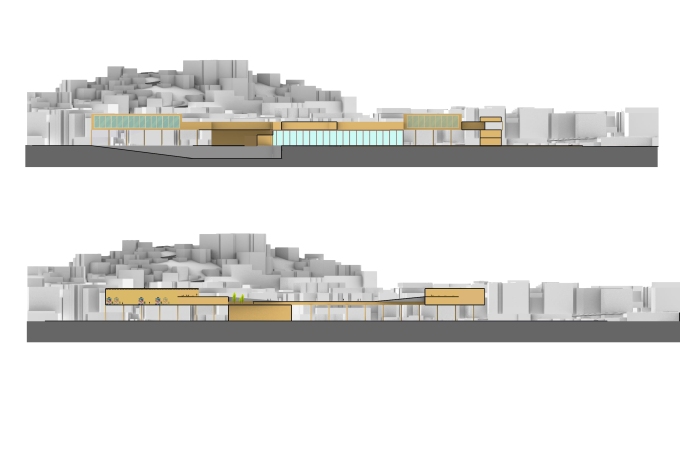

Searching for Assemblage in Architecure_Case Studies

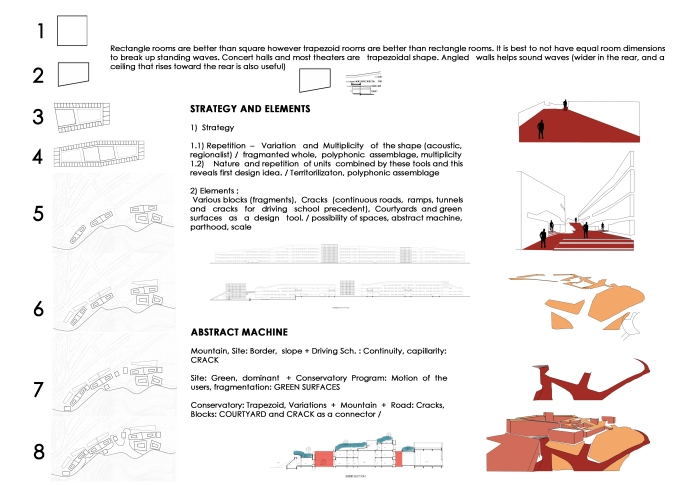
ARTER_İstanbul
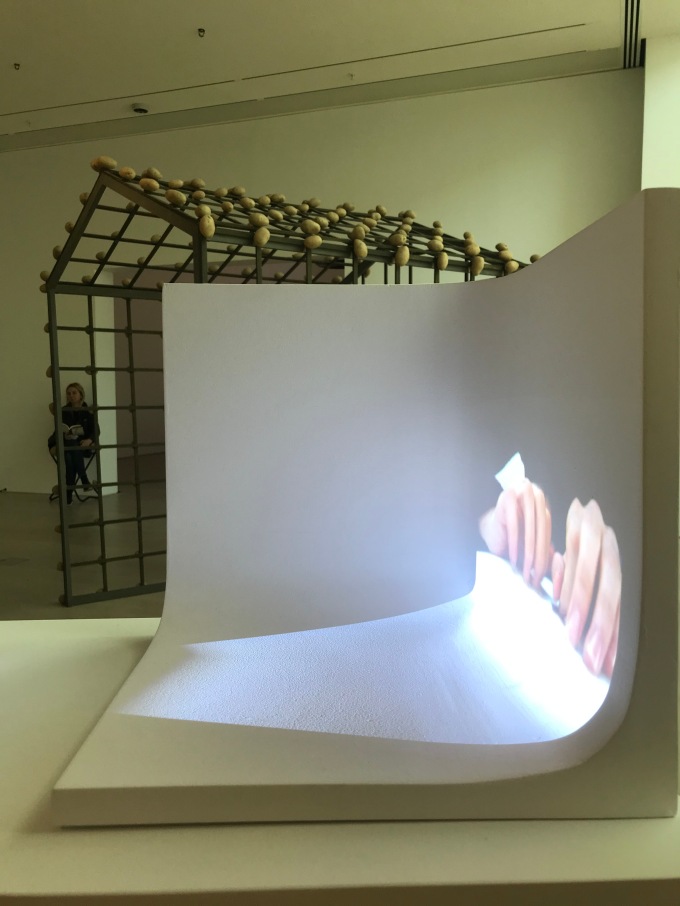

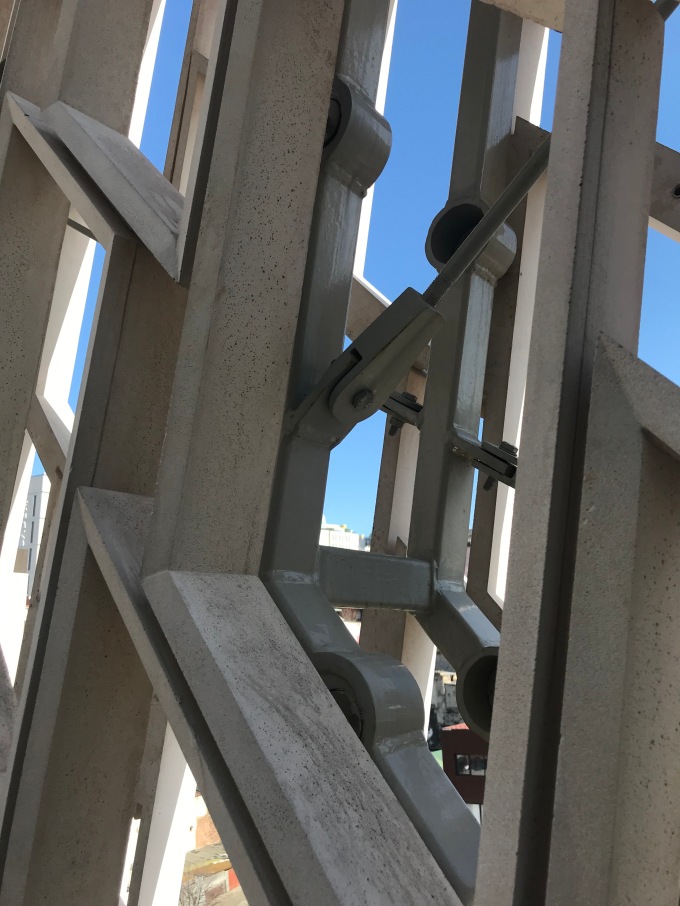

Programming in 3D_Parametrised Assemblage

